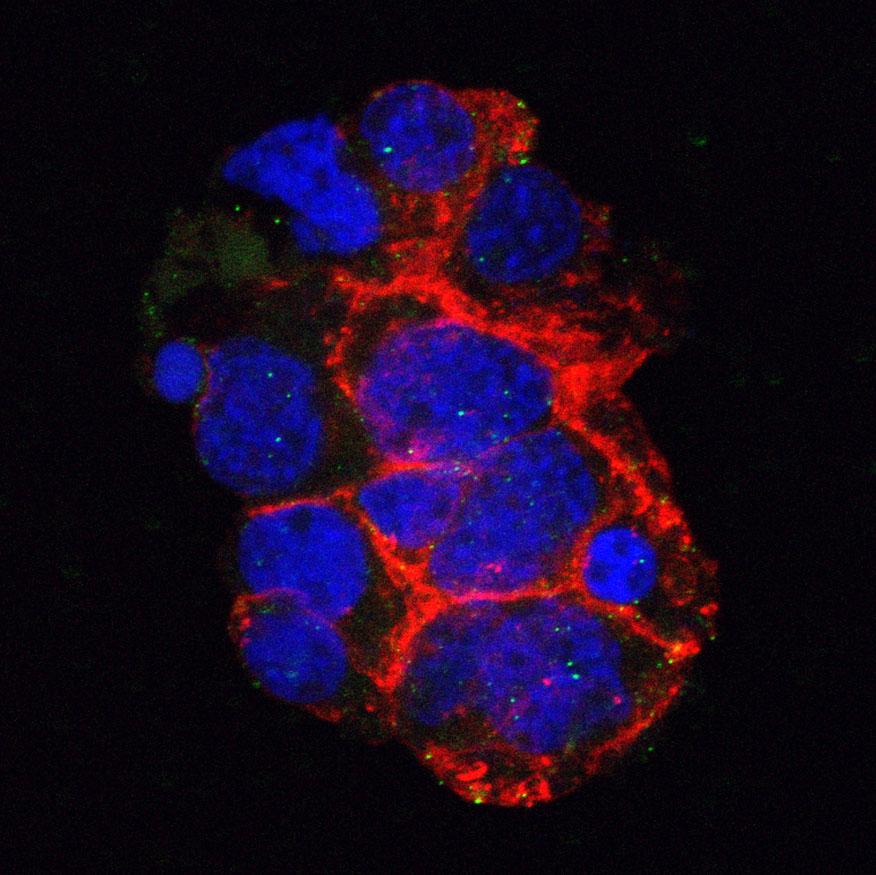Lumpy skin disease is characterized by severe multifocal dermatitis with necrotizing fibrinoid vasculitis following experimental infection
Lumpy skin disease is a high-consequence disease in cattle caused by infection with the poxvirus lumpy skin disease virus (LSDV). The virus is endemic in most countries in Africa and an emerging threat to cattle populations in Europe and Asia. As LSDV spreads into new regions, it is important that signs of disease are recognized promptly by animal caregivers. This study describes the gross, microscopic, and ultrastructural changes that occur over time in cattle experimentally challenged with LSDV. Four calves were inoculated with wildtype LSDV and monitored for 19 to 21 days. At 7 days after inoculation, 2 of the 4 cattle developed multifocal cutaneous nodules characteristic of LSD. Some lesions displayed a targetoid appearance. Histologically, intercellular and intracellular edema was present in the epidermis of some nodules. Occasional intracytoplasmic inclusion bodies were identified in keratinocytes. More severe and consistent changes were present in the dermis, with marked histiocytic inflammation and necrotizing fibrinoid vasculitis of dermal vessels, particularly the deep dermal plexus. Chronic lesions consisted of full-thickness necrosis of the dermis and epidermis. Lesions in other body organs were not a major feature of LSD in this study, highlighting the strong cutaneous tropism of this virus. Immunohistochemistry and electron microscopy identified LSDV-infected histiocytes and fibroblasts in the skin nodules of affected cattle. This study highlights the noteworthy lesions of LSDV and how they develop over time.
